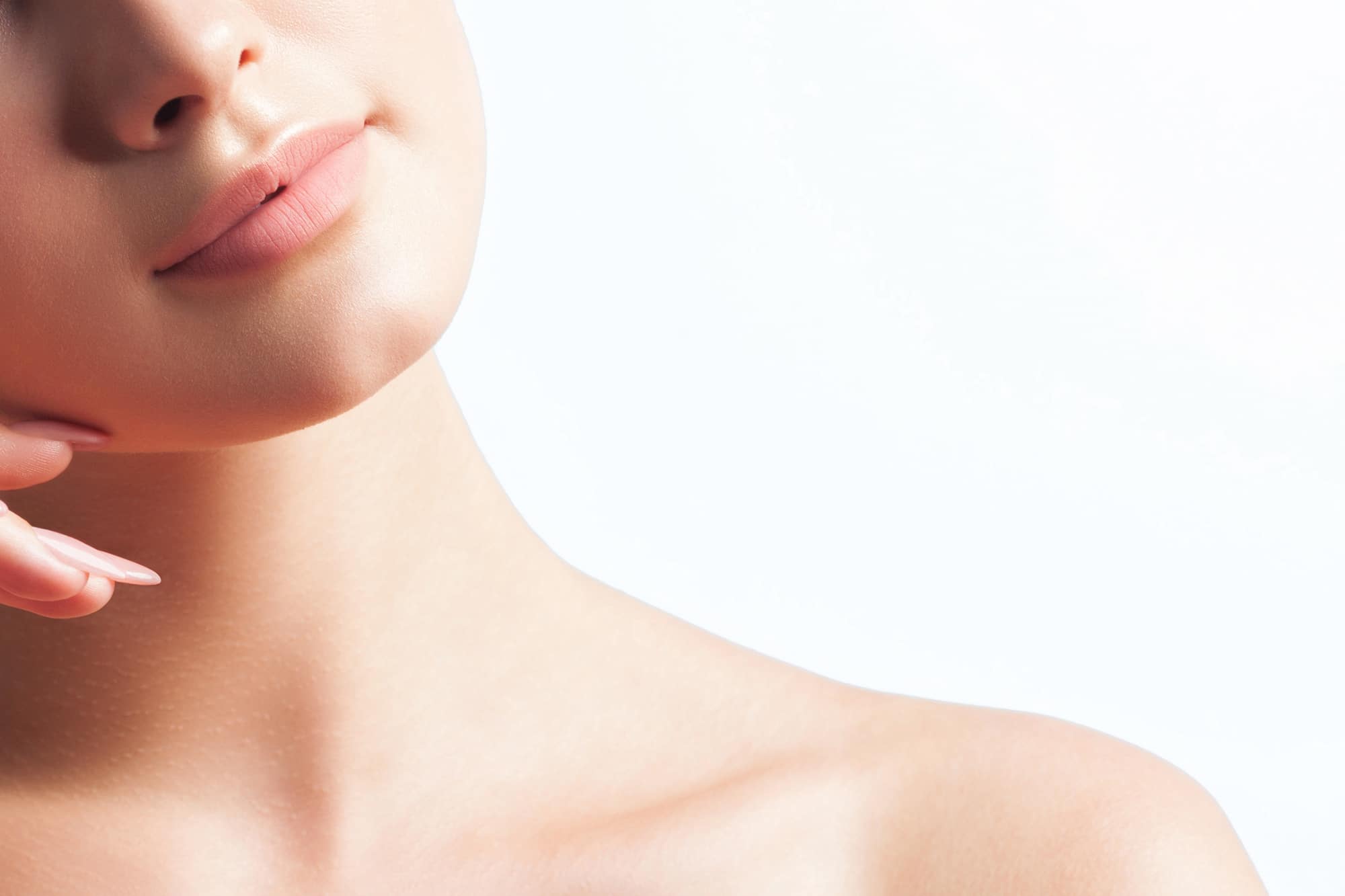
Why consider chin augmentation
The chin area is often defined as starting from under the lower lip, encompassing the mandibular prominence. In some situations referred to as the mental region, a well-defined chin plays an important role in the maintenance of visual facial feature harmony and level of attractiveness. Unfortunately, not everyone is bestowed with a sculpted chin for their whole life; in fact, some people have developed chin deformities as they age. A sample of the most commonly noted chin imperfections include wrinkles, an undefined jawline, and recessed bone contour. While these imperfections can be effectively corrected through the practice of a surgical procedure known as mentoplasty, it is to be noted the process is invasive and creates a lengthy recovery time. Patients preferring a quick, yet equally-effective, chin augmentation procedure may choose to resort to dermal filler implantation(s) instead, as this only involves administering soft-tissue implants by means of minimally invasive injections.
How does Juvederm help to augment the chin?
Juvederm is a brand of soft tissue implants that contains nonanimal-derived hyaluronic acid gel as the active ingredient. The hyaluronic acid molecules are derived and purified biotechnologically before being cross-linked into a viscoelastic gel with a monophasic texture. The best filler for non-surgical chin augmentation from the Juvederm collection is Juvederm Voluma XC. This implant is made of 20mg/ml cross-linked hyaluronic acid and 0.3% lidocaine. Once injected, the malleable implant will instantly volumize the chin and can be used to shape the chin in accordance with a patient’s preferences, resulting in a well-sculpted and wrinkle-free chin.
How is Juvederm injected into the chin?
For best results, doctors should inject the implant gel into the deep dermis, subcutaneous, or upper periosteum layer of the skin, depending on the severity of the chin deformities. Caution must be exercised to ensure that no overcorrection is done, as it can lead to an unsightly and lumpy skin appearance. Once the chin has been sculpted, the treated site should be massaged gently to promote the seamless integration of filler within the surrounding tissues. Only trained and skilled physicians can perform this procedure, and they should do so under strict adherence to aseptic medical standards.
What are the aftercare methods?
In order to reduce the severity of injection-site reactions, your doctor may suggest several methods of aftercare.
- Apply cold compresses on injected areas to reduce swelling and redness.
- Avoid places and situations with extreme temperatures, such as direct sunlight and saunas and cold weather.
- Avoid alcoholic beverages.
- Avoid strenuous exercise sessions.
How long do the results last?
Once the initial inflammatory side effects have subsided, the corrected chin should appear wrinkle-free and well-sculpted. These desirable aesthetic effects can last for up to 18 months, after which the injected soft tissue gel will disintegrate into the neighboring tissues. The residence time of Juvederm Voluma is directly influenced by the injection technique used and the volume of filler implanted into the skin. Biological factors, such as age and skin health, also play a role in the duration of action.
Do injections with Juvederm Voluma hurt?
Juvederm Voluma XC is already integrated with 0.3% fast-acting lidocaine, which will instantly alleviate pain and discomfort associated with injections. Patients who require an additional anesthetic agent, either topically or locally, must discuss this topic with their physicians before the start of the treatment.
What other fillers can be used to augment the chin?
Besides Juvederm Voluma XC, patients who want to augment their chin may consider Radiesse. This pyrogen-free, latex-free, biostimulating, and completely biodegradable injectable filler is made of calcium hydroxylapatite (CaHA) microspheres suspended in an aqueous carrier gel. While the gel instantly shapes the chin, the CaHA particles will encourage the skin to more collagen fibers for a sculpted chin structure that can last for up to a year or more. Your desired expectations and medical history will determine which filler is best for you.
Related Articles
Joanna Carr
Inflectra vs Remicade – Comparing Biosimilars
Explore the differences between Inflectra and Remicade, two infliximab-based treatments. Learn how biosimilars compare in terms of efficacy, safety, a...
Joanna Carr
Botox For Incontinence: Treatment, Risks, And Side Effects
Interested in learning more about Botox For Incontinence Treatment, Risks, And Side Effects? Browse Doctor Medica's comprehensive archive of blog post...
Joanna Carr
Exploring Gummy Smile Botox Treatments
Interested in learning more about Exploring Gummy Smile Botox Treatments? Browse Doctor Medica's comprehensive archive of blog posts.


